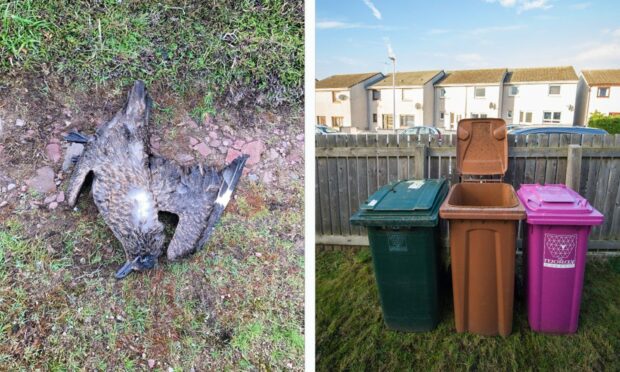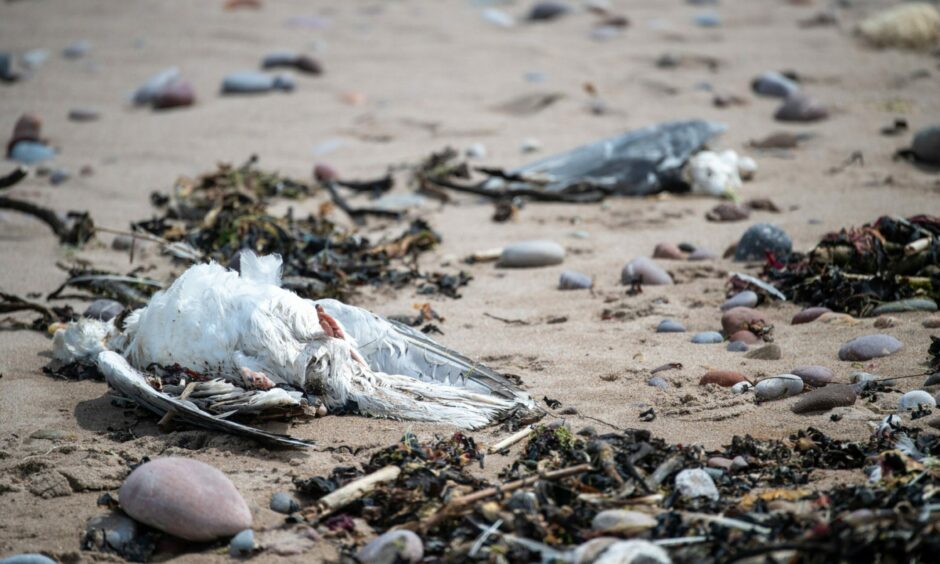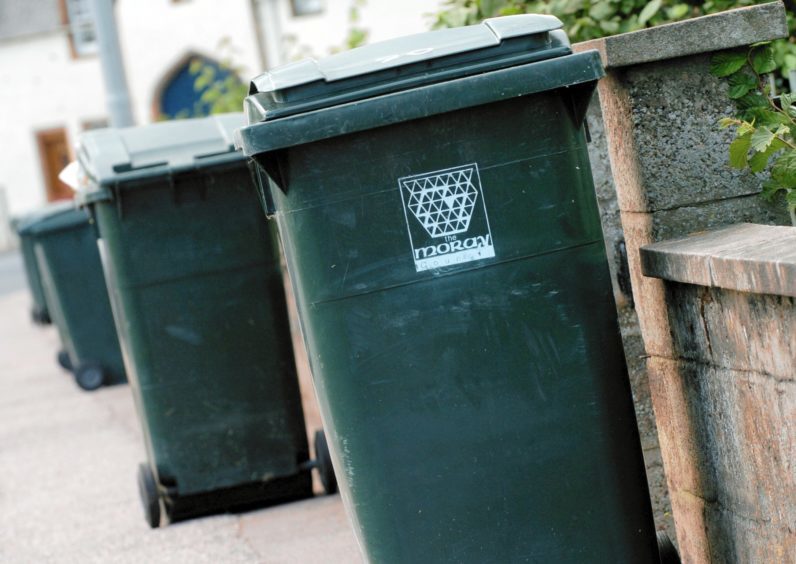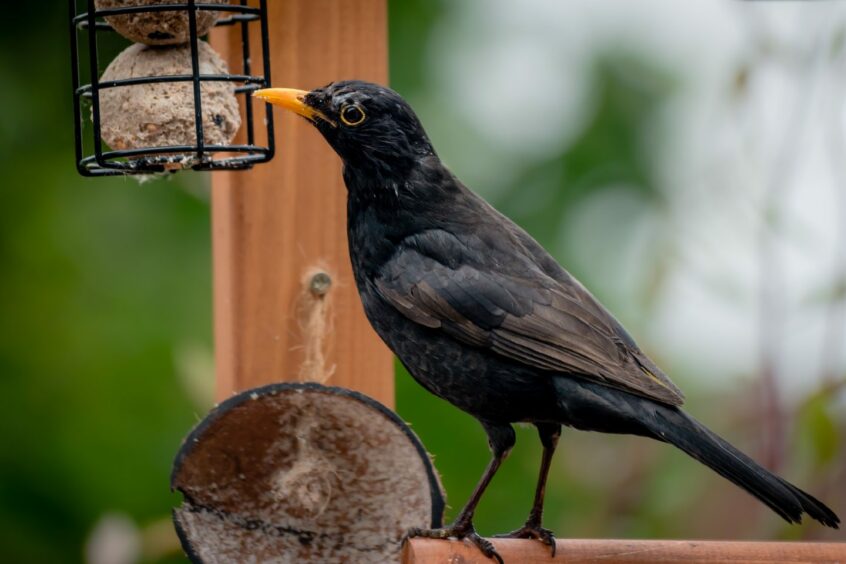Residents of Moray have been left confused by the differing advice on what to do if they come across dead birds.
Bird flu is affecting seabird populations right across the country, with Aberdeenshire identified as a hotspot last week.
Moray Council is monitoring the situation closely, but residents say they have been left confused about the conflicting advice issued by the authority and national body, Defra.
It comes after residents of Hopeman reported dead wild birds littering the streets.
They reported it to Defra and were referred to Moray Council, who have insisted it is not their responsibility to move the dead birds, even if they are in a public space.
Instead, they told locals to put on a pair of gloves, double bag the carcass and put the deceased bird in their household refuse bins – which are only collected once every three weeks.
By comparison, Aberdeenshire Council cleared more than 1,000 dead birds from beaches across the region just last month.
What does Moray Council advise?
Locals in Moray have raised concerns about dead birds just being left on the pavements in their coastal village, potentially spreading the disease further.
The council stressed to The P&J it is “monitoring” the situation and has a contingency plan ready if large numbers of dead birds are identified.
But, for now, the council says it does not have a duty to collect every dead wild bird reported.
It advises residents to report any sightings to Defra in the first instance.
Moray Council says people should not bury the dead birds, but instead double bag them and put them in their refuse bins – taking care not to touch the carcass with bare hands and to put it in a “leakproof” bag if possible.
A spokeswoman for the local authority said: “Moray Council is monitoring the situation and can confirm there has been no significant change over the last few weeks.
“When dead wild birds are reported they may be collected and tested for bird flu or other cause of death. Not all dead wild birds will be collected.
“If the birds are not collected they will need to be disposed of by double bagging. Make sure the bird does not touch the outside of the bag. Put the bird in a second (preferably leakproof) plastic bag, along with the gloves or plastic bag you used to pick it up and tie it.
“Take care not to touch the outside of the gloves with bare hands. Put it in your outside household or municipal waste bin.”
What is Defra’s advice?
However, Defra stressed it is the landowners’ responsibility to clear birds.
Defra advised the public to report findings of wild dead birds to them – especially if they find one or more dead birds of prey, swans, geese, or ducks.
People should also report to Defra if there are five or more dead gulls or other dead wild birds of any species in one area.
If you feed wild birds or come into contact with their faeces or feathers, you should wash your hands thoroughly with soap and water.
A spokeswoman said: “Where dead birds are not required for surveillance purposes it is the landowner’s responsibility to safely dispose of the carcasses as animal by-products.
“Where dead birds are on public land it is the local authorities’ responsibility to safely dispose of the carcasses as animal by-products.”
What should you do if you find a sick bird?
- Do not pick up or touch dead or sick wild birds
- Keep pets/dogs away from any dead or sick birds
- Don’t feed wild waterfowl
- Don’t touch wild bird feathers or surfaces contaminated with droppings
- Call Scottish SPCA on 03000 999 999 for advice if you find a sick but live bird
- Report dead birds to Defra on 03459 335577 or online
- RSPB Scotland is urging people to download app BirdTrack to help monitor levels in local areas
- Current guidance for dealing with dead birds, particularly if suspected avian flu is involved can be found online.





Conversation